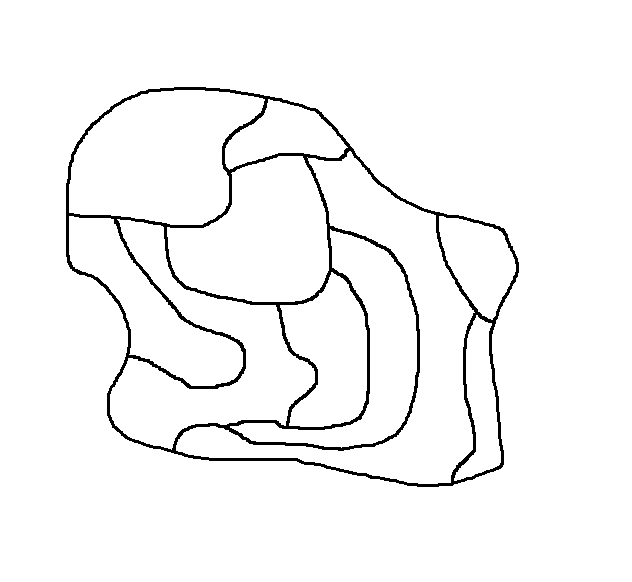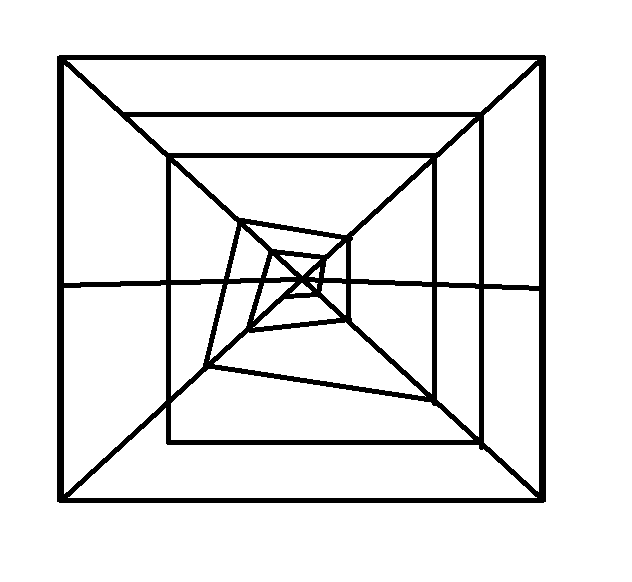This afternoon my wife and I participated in my son’s student-led conference. In this conference, my son led us through a sample of various classroom activities he’s done over the course of the year. He was excited to share what he had done, and both my wife and I were very proud of him.
At one point, he was sharing a math activity he had done during the year. In this activity, the purpose was to add 5 and 7 by regrouping the sum into 10 and 2, using manipulatives. I remember my son saying, "Okay, so I don’t know what 5 and 7 is, so I’m going to count out 10 from 5 plus 7 and see what is left over and then add that to 10." He was obviously remembering instructions he had received on how to do addition using regrouping and counting.
The thing is, my son knows what 5 plus 7 is. I know he does. When we were driving home, I asked him what 5 plus 7 is, and he said, "Oh, I know that. 5 and 5 would be 10, so 5 plus 7 would be two more than that, so 12." In other words, he used a different explanation when talking to me about the problem, than when working in his classroom space. The context mattered.
In the classroom, he probably felt that he should use the method his teacher showed him. With me, he used the method he discovered himself (seriously, I never taught him any of the techniques he uses for addition, I just helped him develop a strong understanding of numbers) because that is what he feels comfortable with when he is around me and my wife.
It reminds me of the story Keith Devlin tells of street market arithmetic done by "uneducated boys of a poor background." When asked to do arithmetic in the context of their daily jobs as street merchants, the boys had sophisticated techniques they developed to reduce the difficulty of the arithmetic they would need to do. When asked to perform these exact same calculations in a different context, as word problems on pencil and paper, the boys failed miserably. The context mattered.
This complicates our understanding of what children know how to do because not only do we need to know what they can do when we are around, we need to understand what they can do in other contexts of their lives.


